When you see that an item of food in your fridge has expired, chances are that you bin it, especially if it doesn’t look or smell quite right. Unfortunately, when it comes to skincare, people’s standards aren’t quite as strict.
However, does it really matter if you use expired skin care products? What exactly would this do to your skin? Read on – we’re about to explain!
What Exactly is an Expiration Date?
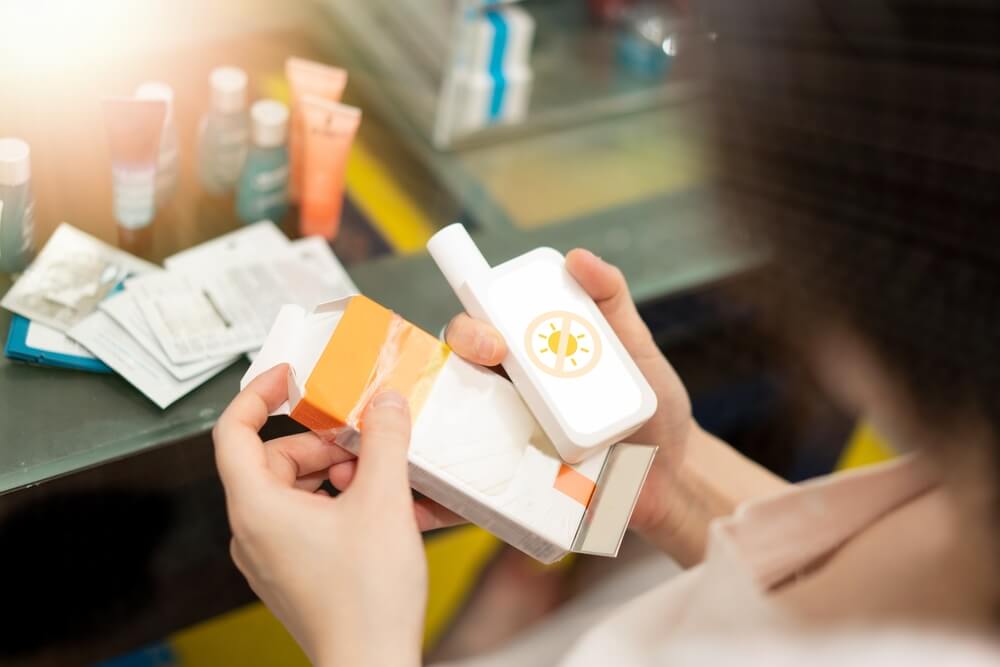
A product’s expiration date marks the end of its shelf life — the amount of time you can expect a product to work as described.
But Do Skincare Products Actually Expire?
Nothing lasts forever, especially not cosmetics. But some products last longer than others. Put simply, the answer is yes, but it all depends on the product, when it’s opened, and how it’s stored.
Most expiration dates aren’t hard and fast rules—that is, if you use a product a few days past its expiration date, you’ll most likely be fine. But if you continue to use it long after its shelf life, you could run into some problems.
How Do You Find a Product’s Expiration Date?
Currently, cosmetic manufacturers are not required to print the date of expiry on their products. They are, however, responsible for determining how long after opening the product is safe to use.
There are, however, a few exceptions:
Some products, such as sunscreens and acne treatments, are not classified as cosmetics—they’re drugs. Therefore, the FDA requires expiration dates printed on their labels.
It certainly takes the guesswork out of it: if the date has passed on your daily sunscreen or acne treatment, you’ll know its shelf life has passed and that it’s time to throw it out.
(And for good reason: you want to wear sunscreen everyday, so ensuring its efficacy is a must.)
But what do you do if your product doesn’t have an expiration date?
How Do You Know a Product Has Expired?
Take a look at your favorite products. There should be a tiny symbol that looks like an open jar, with the letter M and a number beside it. This number indicates how many months the product is safe to use after opening.
This is known as the PAO, or Period After Opening, symbol. It tells you how long you should use a product after it is unsealed.
The PAO is your best bet for determining if a product is still safe to use. To always have an accurate PAO, one tip is to take note of when you open a product. Better yet, mark it on the product itself with a permanent marker or label maker—this is a great way to keep track of your products’ shelf lives.
What Happens When You Don’t Know the Date of Opening?
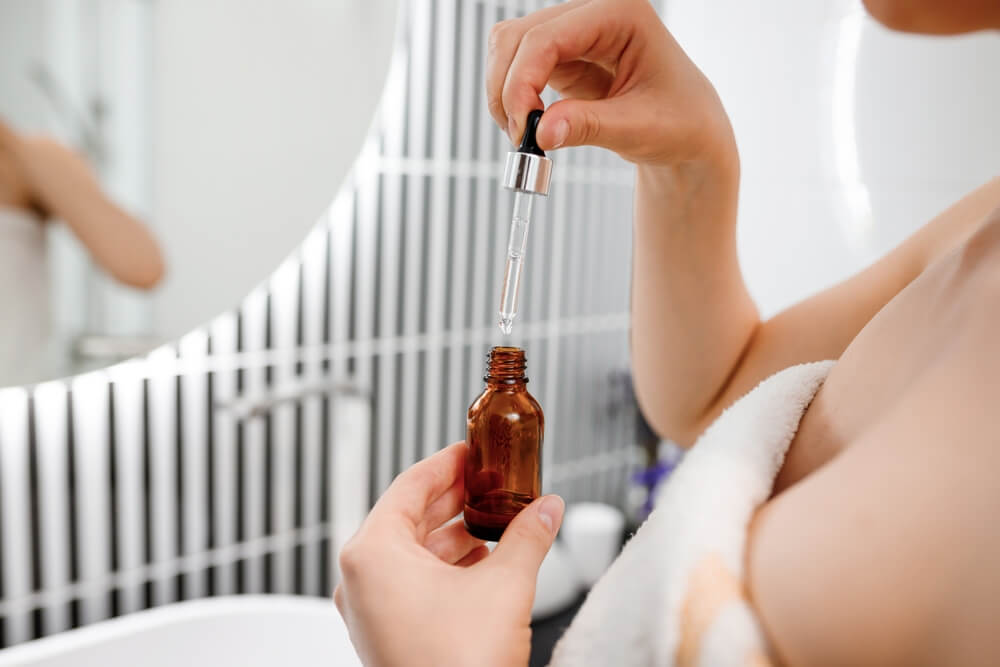
If you can’t find the PAO on your product (say you’ve thrown out the packaging and it’s not on the container itself), one good rule of thumb is to keep your products one to two years after opening. If you’re using your skincare regularly, you should have no problem finishing a product in even less time. But if you’ve had a few creams or serums sitting around your medicine cabinet, you might need to determine if they’re still good to use.
There are a number of ways to tell whether a product has gone bad.
It’s best to toss out your skincare products if:
- Your product has changed color
- Your product has a different texture
- The product has a funky smell
- Your product has separated
- Your product simply looks off
- The product’s packaging has warped or bubbled
After all, when it comes to your skin, it’s better to be safe than sorry.
What Will Expired Cosmetics Do to Your Skin?
Say you’ve been using a product for a while, only to realize that its shelf life has long passed.
The best that can happen is—well, nothing. The worst that can happen is irritation or infection.
Even if you don’t react to an expired product, it’s still best to throw it out. Products passed their prime simply won’t be as effective as they used to be, and you certainly can’t count on them to work as described.
Here’s why:
When we open cosmetics, we expose them to air and microorganisms. Oxygen will begin to degrade the ingredients of the exposed product.
Luckily, most products have preservatives that keep the product safe from bacteria, fungi, and yeast. Unfortunately, we can only trust these preservatives to protect our products for the duration of their shelf lives.
What About Natural Cosmetics?
Natural cosmetics and cosmetics without preservatives are more likely to have a shorter shelf life than other products. Natural cosmetics with plant oil or extracts, for example, have a chance of going rancid. Worse, bacteria or mold could begin to develop in the product, leading to breakouts or infections.
How Can You Preserve Your Products Before They Expire?
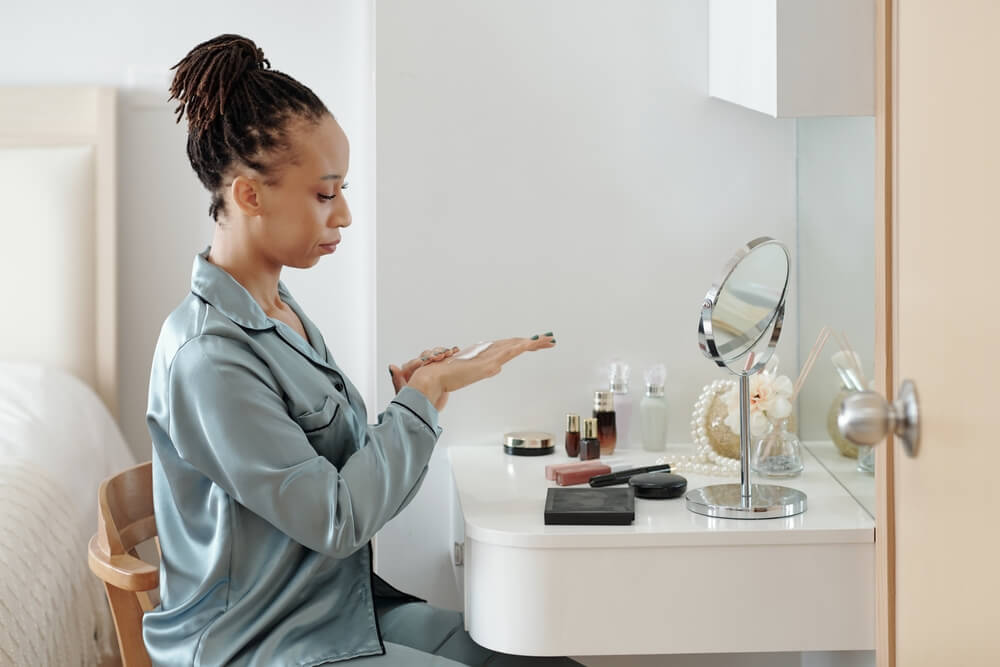
It matters how you use and store a product. There are a few things you can do to prevent your skincare product going bad before the end of its shelf life.
Here are a few tips:
- Wash your hands before every use. This is especially important when you’re using a product packed in a jar. You may not think of your hands as a contaminant, but every time you dip your fingers in the jar, you introduce microorganisms into the product. Your best best is to ensure that your hands are clean before you put on your skincare.
- Make sure you’re tightly securing your lids. It’s best to limit the amount of time your product is exposed to air; this means securing the lid back on as soon as you’re done using it. Of course, this is mainly a problem for products packaged in a jar or dropper. If your skincare is packaged in a pump, there’s less to worry about.
- Store your products in a cool, dry place. If you’ve been storing your skincare products in the bathroom, you might want to reorganize: the bathroom is more humid than other areas of your house. Keep your products stored in a cabinet or drawer, or relocate your routine to your bedroom. Sometimes, products with particularly reactive ingredients, such as vitamins, fare best in the fridge to avoid premature oxidation.
- Clean your products after every use. One easy way to preserve your products is to wipe them clean after every use. Take an alcohol wipe and clean around the rim, which is where excess product and moisture can easily build up.
- Pay attention to packaging. Good packaging can solve a host of problems when it comes to keeping your products fresh. When possible, opt for pumps instead of jars or droppers. Products with actives such as vitamin C should come in dark or opaque bottles to protect it from light, which degrades it over time. Ideally, look for products packed in airless pumps — this type of packaging reduces a product’s contact with the air and preserves its efficacy for longer.
When to Throw Out Your Products
Different kinds of cosmetics have different shelf lives. Follow this guide to figure out if it’s time to toss out your skincare and makeup products.
Cleansers
Cleansers typically last around a year. If your cleanser’s scent or consistency has changed, it’s gone bad. Since cleansers are often water-based, they can harbor bacteria that could lead to infection when used past their expiration dates.
Serums and Essences
These products can last up to a year. Serums and essences are often jam packed with skin-loving ingredients and antioxidants that absolutely need to be used within their shelf life to work properly on your skin. When you use these products past their expiration date, they simply won’t be effective anymore, and you’re losing out on all the benefits that a good serum or essence can offer your skin.
One exception is vitamin C serums, which often have a shelf life of around three to six months. If your vitamin C serum has darkened in color, it means that it has oxidized and is no longer effective.
Moisturizers
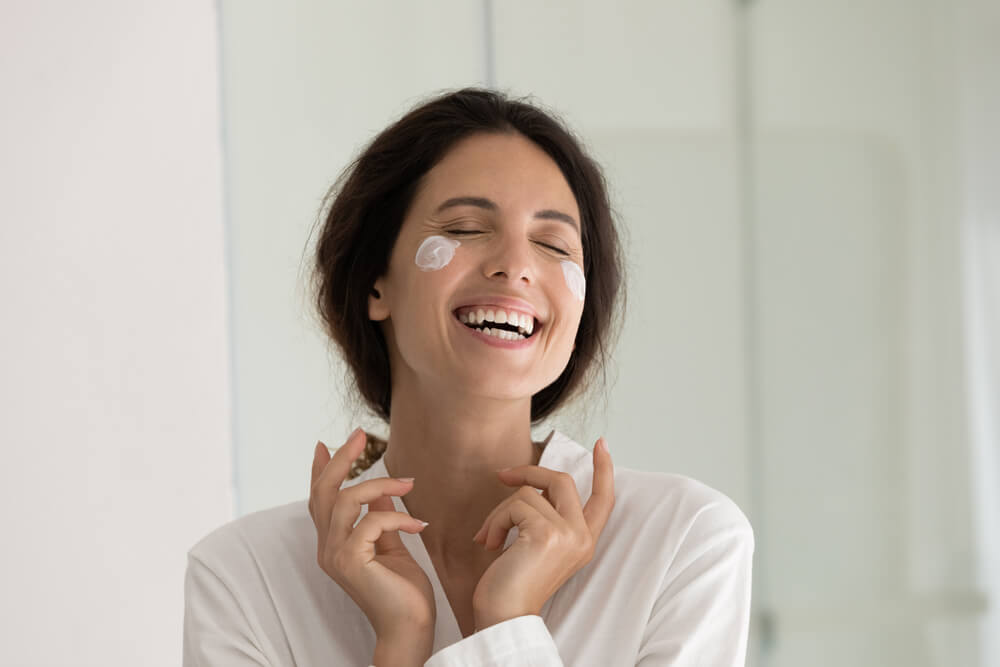
Generally, you want to throw away moisturizers six months to a year after opening. However, this also depends on a product’s packaging and its ingredients. If your product is packed in a jar, it might go bad sooner than the same product in a pump. If you’re using a natural or organic product with no preservatives, its shelf life could be as short as a few months.
However, if you don’t remember when you opened your moisturizer, pay attention to its color, texture, and scent. If anything seems off, toss it.
Acids
Products containing acids like salicylic acid or glycolic acid should not be used past their shelf life, which is often around one year. Products with acids often become more potent (and more irritating) over time. You risk damaging your skin barrier or even giving yourself a chemical burn if you use an acid too strong for your skin.
Sunscreen
This one is easy: sunscreen is classified as a drug and not a cosmetic, and therefore comes marked with an expiration date. Simply take a look at the date stamped or printed onto the packaging and throw it out when the date has passed.
When it comes to sunscreen, it’s important to pay close attention to its shelf life—you’re going to want its full efficacy to protect yourself from UVA and UVB rays and prevent premature aging. Sunscreen should be easy enough to use up before its expiration date, since you need around half a tablespoon for your face alone to ensure proper protection.
Foundation
Foundation lasts around six months to a year. If your foundation comes in a pot, it’s probably best to toss it out even sooner. Foundation that’s past its prime is more likely to separate, which will lead to an uneven, streaky application—or worse, breakouts and irritation.
Eye Makeup
Eye makeup like mascara has a shorter shelf life than other cosmetics. When we use mascara, the bacteria that naturally lives on our eyelashes is transferred from the wand to the tube. And because we use mascara so close to our eyes, it’s important to stay on top of its shelf life, which is sadly only around three months.
Liquid eyeliner has a similarly wet formula, and thus its shelf life also follows the three-month rule. Pencil products, on the other hand, are sharpened regularly, and thus can be used for longer—up to one year.
Powder Products
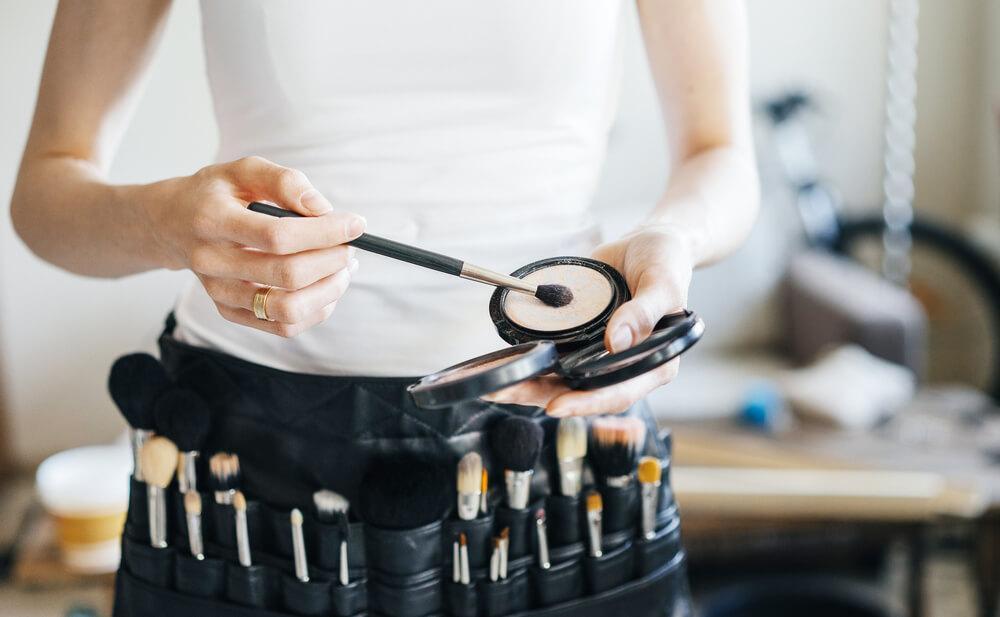
Powder products, like blush, bronzer, and powder foundation, tend to last longer than other cosmetics. Because powders don’t contain any water, they’re less likely to harbor bacteria. If your powder product hasn’t discolored and doesn’t have a grey or oily film, it should be okay to use, as long as it’s within around 18 months of opening.
Make sure you’re always using clean brushes when you dip into your powder products to keep them fresh for longer.
Perfumes
Luckily, perfumes are some of the longest-lasting products you can have! Perfumes can last around three to five years—or even longer if you keep them in the fridge.
If your perfume’s scent has changed (say, gone sour or metallic), it means that your perfume has oxidized, altering its overall scent. Perfumes with higher alcohol content such as eau de toilettes or colognes generally last longer, while oil-based fragrances tend to go bad sooner.
Expiration Dates: the Bottom Line
When it comes to your skin, you want to err on the safe side and always heed expiration dates. If a product doesn’t have a clear expiration date and you can’t figure out its PAO, pay attention to the product itself. Has it changed at all since you first started using it? If it has, it’s a good sign that it’s time to toss it out.
If you’re staying on top of your skincare routine and using your products everyday, you likely won’t even have to worry about even reaching the expiration date—you’ll probably run out of product long before that day comes. In that case, focus on building a skincare routine that works for you with products that you’ll actually use.

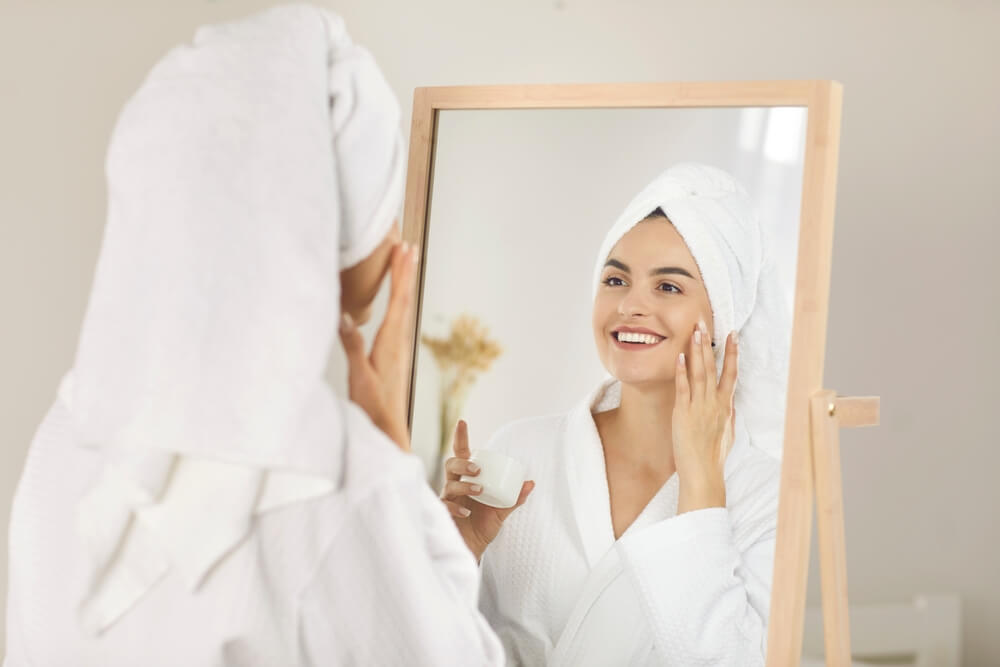


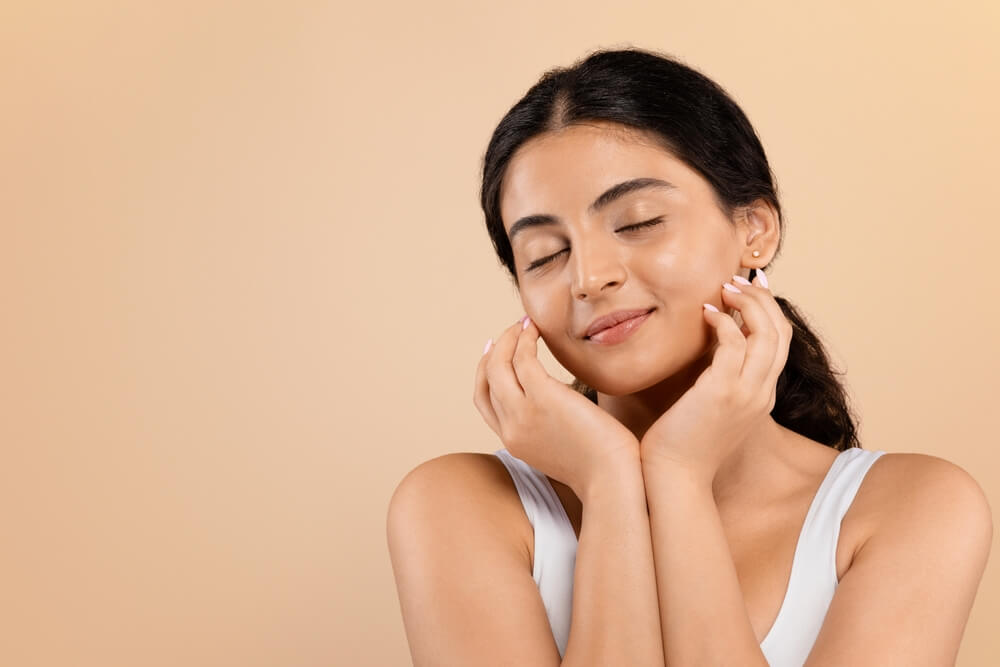

Leave A Comment